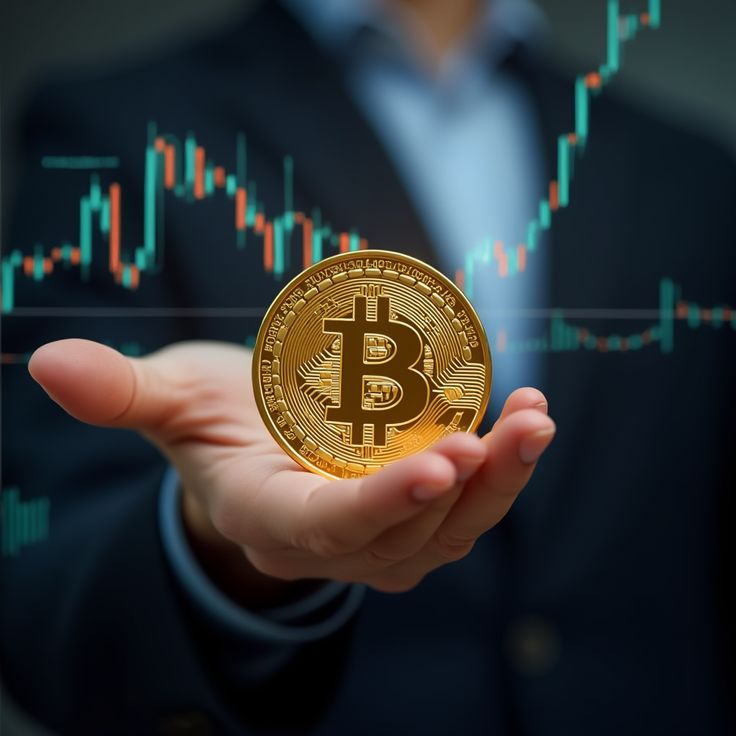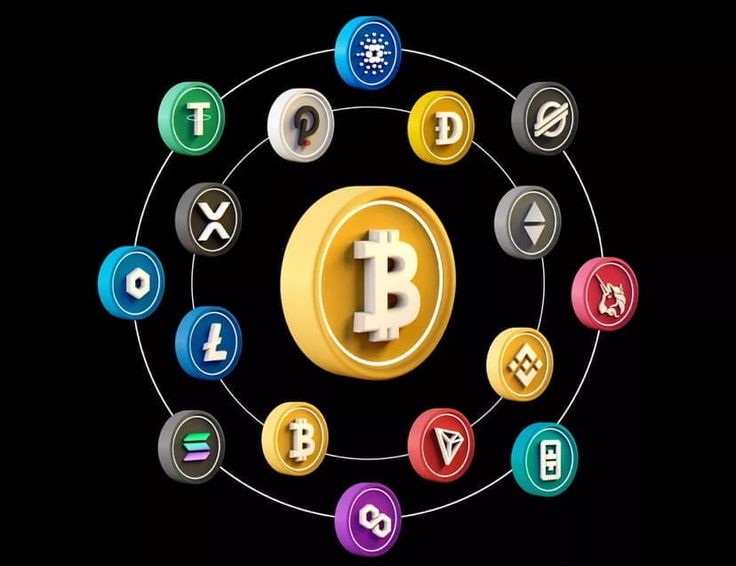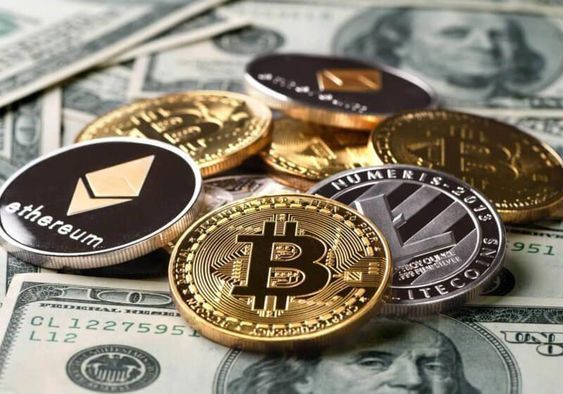So, you’ve heard all the talk about cryptocurrency – maybe you’re curious about how it actually works, what makes it tick, and what it could mean for your money future. You might be seeing friends or online creators talking about it. And now you’re feeling ready to take the next big step: actually getting your hands on some!
It’s a really exciting part of the digital world, full of new ideas and chances to grow. But just like stepping into any new place, it’s super important to be careful. And know the right steps for staying safe. Many people new to crypto jump in without really understanding the best ways to buy these digital assets, or even more importantly, how to keep them safe from hacks and scams.
This guide is here to give you simple, practical steps to not only buy your first cryptocurrency but, most importantly, how to keep your new digital money secure. Before we start, a quick but very important note: cryptocurrency prices can change extremely fast. And putting your money into them always has big risks. This guide is just to teach you, not to tell you what to do with your money. Always, always, only put in money you are truly okay with losing.
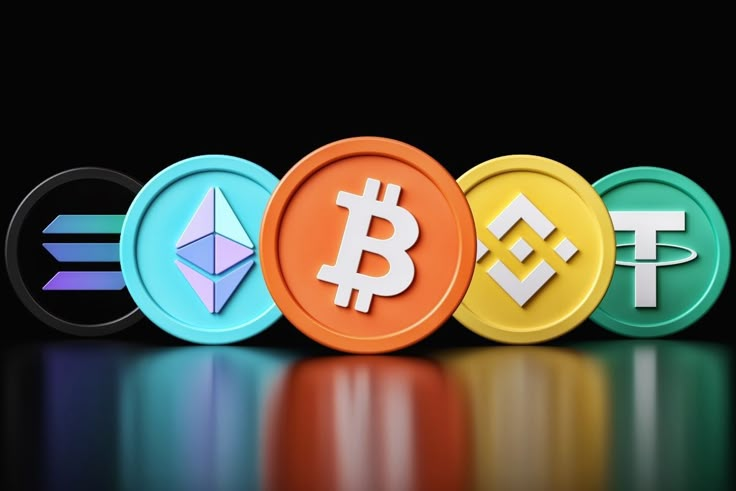
Before You Buy: Your Simple Checklist
Before you even think about clicking “buy,” there are a couple of groundwork steps that can save you a lot of trouble later on. First, while this guide shows you how to buy, it’s still really important to do your own homework. Don’t just buy something because a friend or an online post recommended it. Try to understand what problem that crypto is trying to solve how it works behind the scenes, and what its community is like. This helps you make smarter choices.
Second, remember that cryptocurrency prices can change extremely fast. They can go up or down a lot in just hours or days. Be ready for these big swings. This isn’t like putting your money into a regular savings account. Finally, quickly check the rules in your area. The laws about buying and owning cryptocurrency, and how you pay taxes on it, can be very different depending on where you live. A quick search for “crypto rules in Your Country” can give you a basic idea.
Where to Buy Crypto: Choosing an Exchange
Think of a cryptocurrency exchange as your online shop – it’s a website or app where you can turn your regular money into cryptocurrency, and vice-versa. It’s usually the first place beginners go.
When picking an exchange, keep these important things in mind:
- Good Name & Safety: This is super important. Look for exchanges that have been around for a while, have a good name, and use strong safety features. Look for familiar names like Coinbase, Kraken, or Binance, check what’s available and popular where you are. These places usually have extra security like two-factor authentication (2FA) and cold storage.
- Fees: Exchanges charge small amounts for buying, selling, or taking your money out. These fees can be different on various platforms, so compare them. Sometimes paying a slightly higher fee is worth it for better safety.
- Available Cryptocurrencies: Does the exchange have the specific digital coins you want to buy? Most big ones will have Bitcoin (BTC) and Ethereum (ETH). But if you’re looking for a smaller coin, you’ll need to check.
- Payment Ways: How can you put money into your account? Bank transfers are common, and you might also be able to use a debit or credit card.
- Easy to Use: For beginners, a simple, clear, and easy-to-use website or app makes a huge difference.
- Proving Who You Are: Good, trusted exchanges will ask you to show ID (like your national ID card or passport). This is a normal legal step in most places and shows the exchange is serious about safety and following rules.
Once you’ve picked an exchange, buying your first crypto is quite simple:
- Sign Up & Show Your ID: Create your account and complete the “Know Your Customer” (KYC) steps by uploading your ID documents. This might take a little time to get approved.
- Link Your Payment Method: Connect your bank account, debit card, or other chosen way to pay.
- Add Money: Transfer your regular money into your exchange account.
- Buy Your Crypto: Go to the “Buy Crypto” section, pick the cryptocurrency you want (like Bitcoin), type in how much you want to buy (either in your regular money or crypto units), and then confirm your order. For now, most beginners just use a “market order,” which means you buy at the current price.
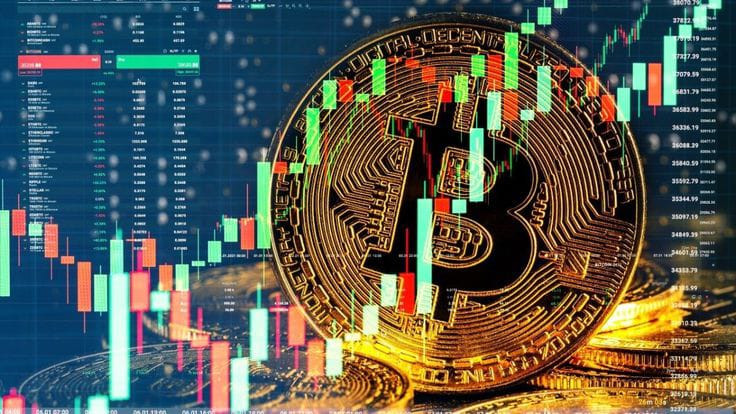
Where to Store Your Cryptocurrency: Understanding Wallets
This is perhaps the most important part of keeping your cryptocurrency safe: what do you do with your digital money after you buy it? Many new people make the mistake of leaving all their crypto on the exchange where they bought it. While it’s handy for trading, it’s usually not the safest place for long-term storage.
Remember a common saying in the crypto world: “Not your keys, not your crypto.” When your cryptocurrency is sitting on an exchange, the exchange actually holds the “secret codes” (called private keys) that prove you own that crypto. If the exchange gets hacked, goes out of business, or has legal troubles, your money could be at risk. It’s a bit like leaving a lot of cash at a bank that might suddenly close, instead of keeping some in your own personal safe.
So, what is a crypto wallet then? A cryptocurrency wallet doesn’t actually store your crypto coins themselves, those always live on the public record called the blockchain. Instead, it stores the private keys that give you access to your coins on that public record. Think of it like a super secure password keeper for your digital money, or the key to your digital safe.
Types of Wallets
There are two main types of wallets, simply put:
- Hot Wallets (Connected to the Internet):
- Exchange Wallets: These are the wallets that are part of the exchange platform you use. They’re handy if you trade often, but they carry more risk for big, long-term savings because they’re online and someone else has some control.
- Software/Mobile Wallets: These are apps you download onto your smartphone or computer (like MetaMask or Trust Wallet). With these, you control your own secret codes, making them safer than exchange wallets. But, since they’re still online, they could be at risk if your device gets hacked or gets a bad program. They’re good for smaller amounts or for using crypto often.
- Cold Wallets (Offline Storage – Most Secure):
- Hardware Wallets: These are small, physical devices that look a bit like a USB stick (like Ledger or Trezor). They store your secret codes completely offline. This makes them impossible to hack online. They’re seen as the best way to keep larger amounts of cryptocurrency safe for a long time. You only plug them into your computer when you need to make a payment, and you confirm things directly on the device itself.
- (While “paper wallets” exist where keys are printed, they are generally not good for beginners due to the high risk of losing or damaging them.)
The main decision is this: for small amounts you trade often or just want to try out, a trusted exchange wallet or a secure software wallet might be fine. But for any bigger amount, or if you plan to hold your crypto for a long time, a hardware wallet is the best way to keep it safe.
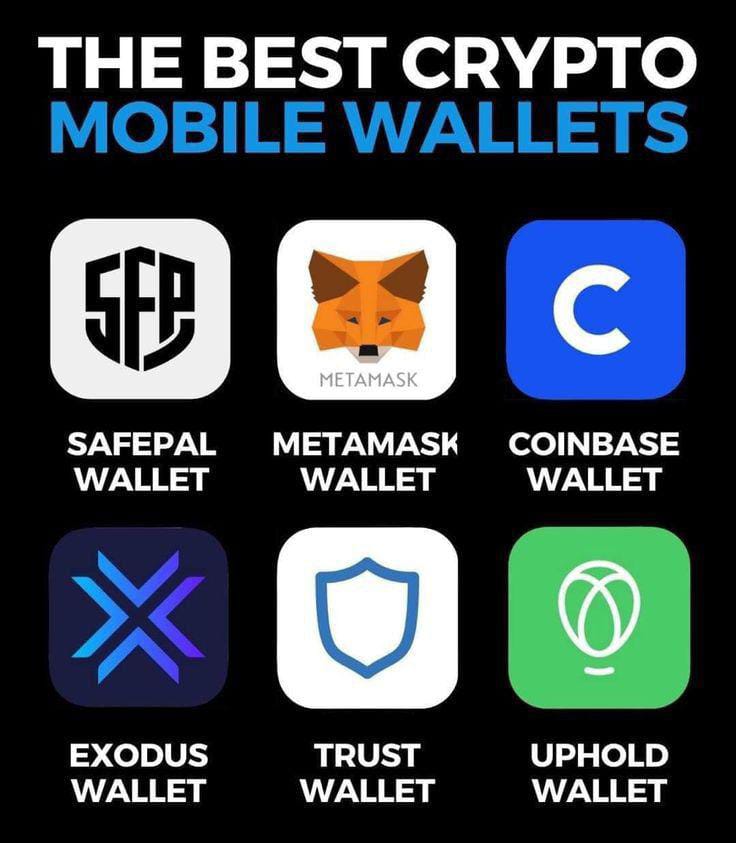
Super Important Safety Tips (No Matter Where You Store It)
No matter which buying platform or storage method you pick, some safety rules are absolutely essential. Following these tips can save you from a lot of heartache:
- Turn on Two-Factor Authentication (2FA): This is a must-have for all your exchange accounts and software wallets. Use an authenticator app (like Google Authenticator or Authy) for this, not just text messages, as text messages can sometimes be tricked.
- Use Strong, Unique Passwords: For every exchange, wallet, and email account connected to your crypto. Never use the same password twice. A password manager can be a huge help here.
- Back Up Your Secret Recovery Words (Seed Phrase) SAFELY: This is your ultimate key – a list of 12-24 simple words that can bring back your wallet if you lose it or it breaks. Anyone who has these words can take all your money.
- Never, ever type these words online, save them on your computer, take a photo of them, or tell them to anyone.
- Write them down physically on paper and keep that paper in a few separate, very safe places (like a home safe, or a secure spot in your house).
- Watch out for Scams: The crypto world, sadly, has a lot of tricky people. Be super careful!
- Fake emails/websites: Always double-check the website address. Scammers make fake sites that look exactly like real ones.
- Fake support: Real customer support will never ask for your secret recovery words or private keys.
- “Too good to be true” offers: If someone promises you guaranteed huge returns or free crypto, it’s almost always a scam.
- People pretending to be others: On social media, messages from people claiming to be famous crypto experts or helpful support staff are usually scams.
- Double-Check Addresses: Before you send any cryptocurrency, always, always check the recipient’s wallet address two or three times. Crypto payments cannot be undone – if you send it to the wrong address, your money is gone forever.
- Start Small: When you’re sending crypto for the first time or to a new wallet, send a very tiny “test” amount first. This lets you make sure everything works correctly before you send a larger amount.
- Keep Your Software Updated: Always update your exchange apps, wallet apps, and the software on your phone or computer. Updates often include important safety fixes.
Learning about cryptocurrency is a fascinating step, and it’s a valuable part of your bigger journey toward controlling your money. By safely learning about the crypto world, you’re growing your knowledge and finding new ways to build your wealth. Remember, smart investing in crypto – after you’ve done your homework and truly understand the risks – can go well with other money strategies. For example, if you’ve been working on boosting your income through a successful side hustle, some of that extra money might be a good fit for crypto as part of having different types of investments. But it’s super important that any money you put into cryptocurrency is money you can truly afford to lose. It should never come from your emergency fund, money you need for daily living, or money you need to pay off high-interest debt.
Your Secure Cryptocurrency Journey Starts
Taking your first steps into buying and storing cryptocurrency doesn’t have to be overwhelming. By understanding where to buy, how to store, and what safety steps to take, you’re already doing much better than many beginners. You now have the simple, practical steps to make your first confident (and secure!) crypto purchase. This helps you explore new money areas while carefully protecting the money you’ve worked hard for. What’s your next move? Will you start by looking into a specific coin, or maybe set up an account on a trusted exchange? Share your thoughts in the comments below!
